The ColOuR project emphasizes the relationship between the individual and the physical, social and cultural environment. We aim to integrating outdoor environments into health care systems, fostering independence and community inclusion for older citizens in Northern Norway.
For norsk side, trykk her
As the global population ages, the concept of "aging in place" is often used to describe strategies aimed at supporting older citizens to live in their own homes for as long as possible, focusing primarily on the home environment and indoor activities. The ColOuR project seeks to challenge this perspective by exploring how outdoor environments can serve as vital spaces for meaningful living for older citizens.
The ColOuR project builds on a pilot project on outdoor rehabilitation conducted in Vestvågøy municipality in 2020-2021. Based on the promising results from this pilot, we have secured funding from the Research Council of Norway to establish an inter-municipal collaboration project on outdoor rehabilitation (ColOuR) across four municipalities in Northern Norway.
ColOuR aims to include outdoor engagement as part of health care services. In addition, the project seeks for new and innovative strategies for developing age inclusive communities. The impact of the project is expected to enhance proactive, sustainable health and care services, and inclusive communities that promote independence and meaningful lives for older residents.
The Arctic context of the project necessitates that we explore how Arctic conditions impact the creation of an age-inclusive society. The project highlights the significance of geographical, climatic, social, cultural, and political factors. Considering the diverse population in this area, the project emphasizes initiatives that ensure inclusion for all citizens, including Indigenous peoples and residents in rural areas.
The Centre for Care Research at UiT The Arctic University of Norway is leading the project in collaboration with the following municipalities:
|
Skjervøy With 2,782 residents, focuses on public health initiatives due to its aging population, emphasizing cross-sector collaboration. |
Tromsø The largest city in Northern Norway with 78,908 residents, prioritizes health-promoting home services to enhance self-management among its elderly population. |
Kåfjord Home to 1,965 residents, is part of the Sami language administrative area and aims to provide culturally competent health services, benefiting from the project's focus on cultural adaptation. |
Vestvågøy With 11,600 residents, is a hub for research and innovation, actively integrating reablement into its health services. |
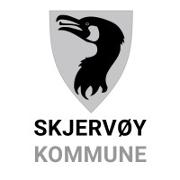 |
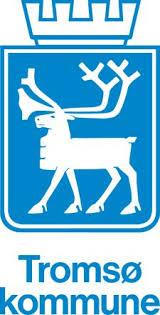 |
 |
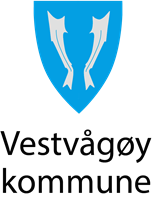 |
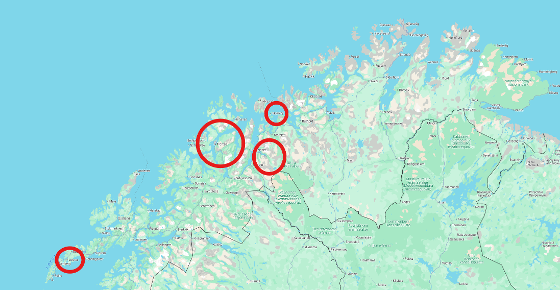
The project employs action research methodology, emphasizing co-creation and service design. By engaging diverse stakeholders through creative methods, it seeks innovative solutions to involve older citizens in outdoor environments. This collaborative approach ensures that solutions are tailored to the unique needs of each community, promoting active aging and social inclusion.
Publications
Aging in (a meaningful) place – appropriateness and feasibility of Outdoor Reablement in a rural Arctic setting
Eliassen, Hartviksen, Holm, Sørensen, Zingmark, 2024. BMC Health Services Research
As Western populations age, interventions like reablement, which focus on maintaining independence at home, have become prominent. Despite the benefits of outdoor engagement, reablement often overlooks outdoor activities. In rural Arctic areas, there is a strong cultural and emotional connection to the outdoors, yet these communities face challenges such as geographic isolation and harsh climates. Our study aimed to develop an outdoor reablement model suitable for rural Arctic settings, using a co-design methodology with workshops, focus groups, and interviews over eleven months. Involving 35 participants from three Arctic Norwegian municipalities, the study applied socioecological theory to analyze data. The resulting model addresses individual needs, organizational requirements, and environmental adaptations. This research expands reablement to include outdoor environments, highlighting the need for context-specific strategies to support healthy, meaningful aging in rural Arctic areas.
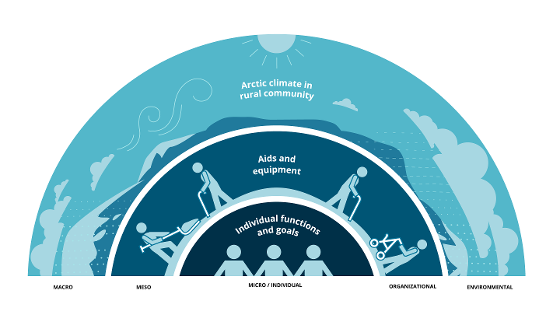
Emplacing reablement co-creating an outdoor recreation model in the rural Arctic
Eliassen, Sørensen, Hartviksen, Holm & Zingmark, 2023. International Journal of Circumpolar Health
Reablement aims to enable older persons with functional decline to re-engage in meaningful activities. The benefits of engagement in outdoor activities are significant; however, reablement services primarily target function in indoor environments whereas descriptions of outdoor activities are sparse. The aim of this study was to create a model that integrates outdoor recreation into reablement. We therefore elaborated on an experienced based co-design methodology to create a model that integrates outdoor recreation for older persons in reablement in an Arctic, rural context in northern Norway. Stakeholders (N = 35), including reablement participants, participated in workshops, focus groups, and individual interviews. Based on the results, we co-created a person-centred model for outdoor recreation in reablement, including an assessment tool that can guide reablement staff in goal-setting practices. Accordingly, we argue that cherished locations holds significant meaning in the lives of older people and warrant recognition in reablement programmes. There is a need to evaluate the effects and feasibility of the model and the possibility for its implementation in other health care settings.
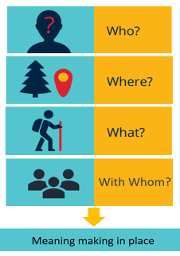
[Loading...]